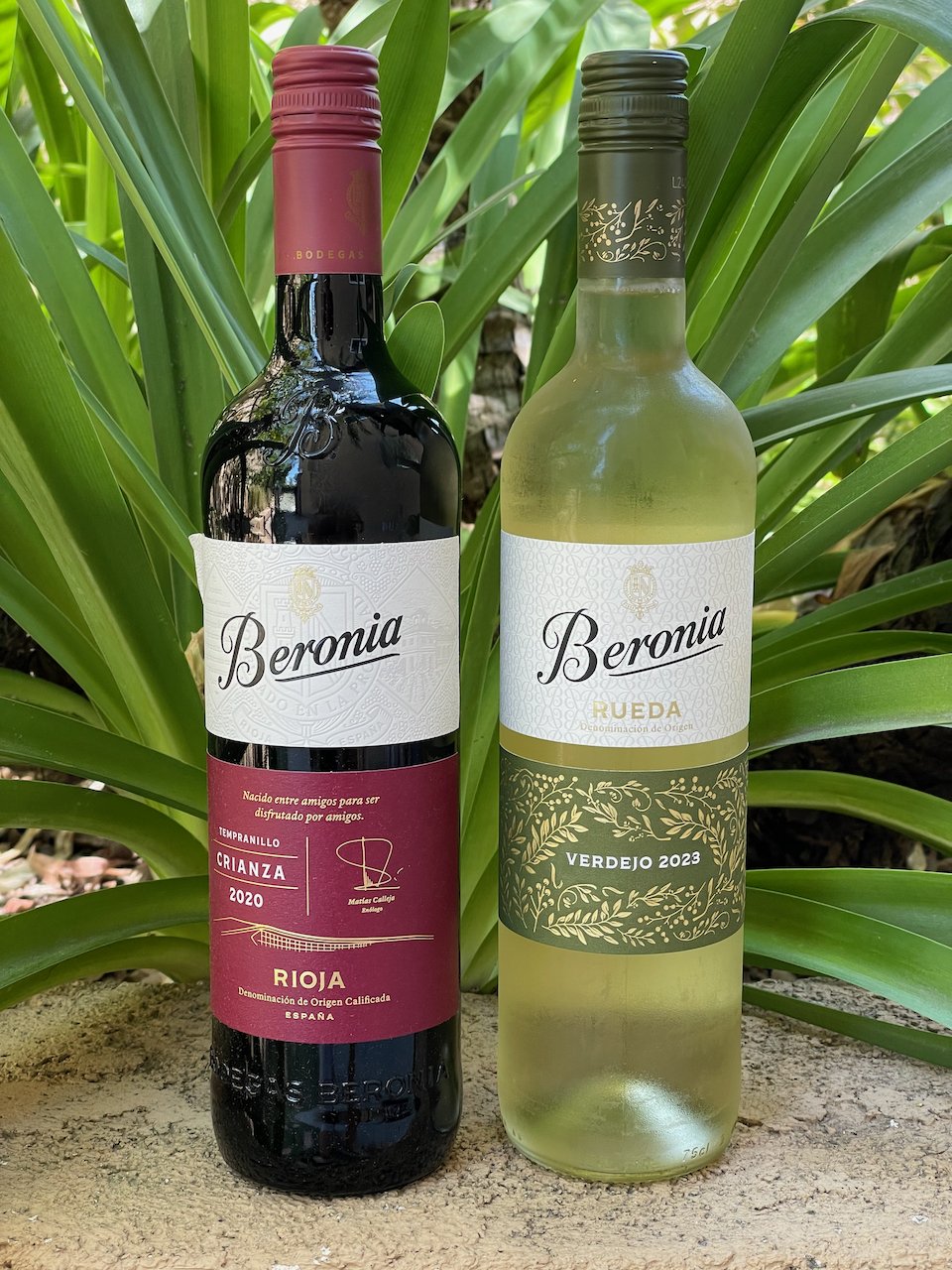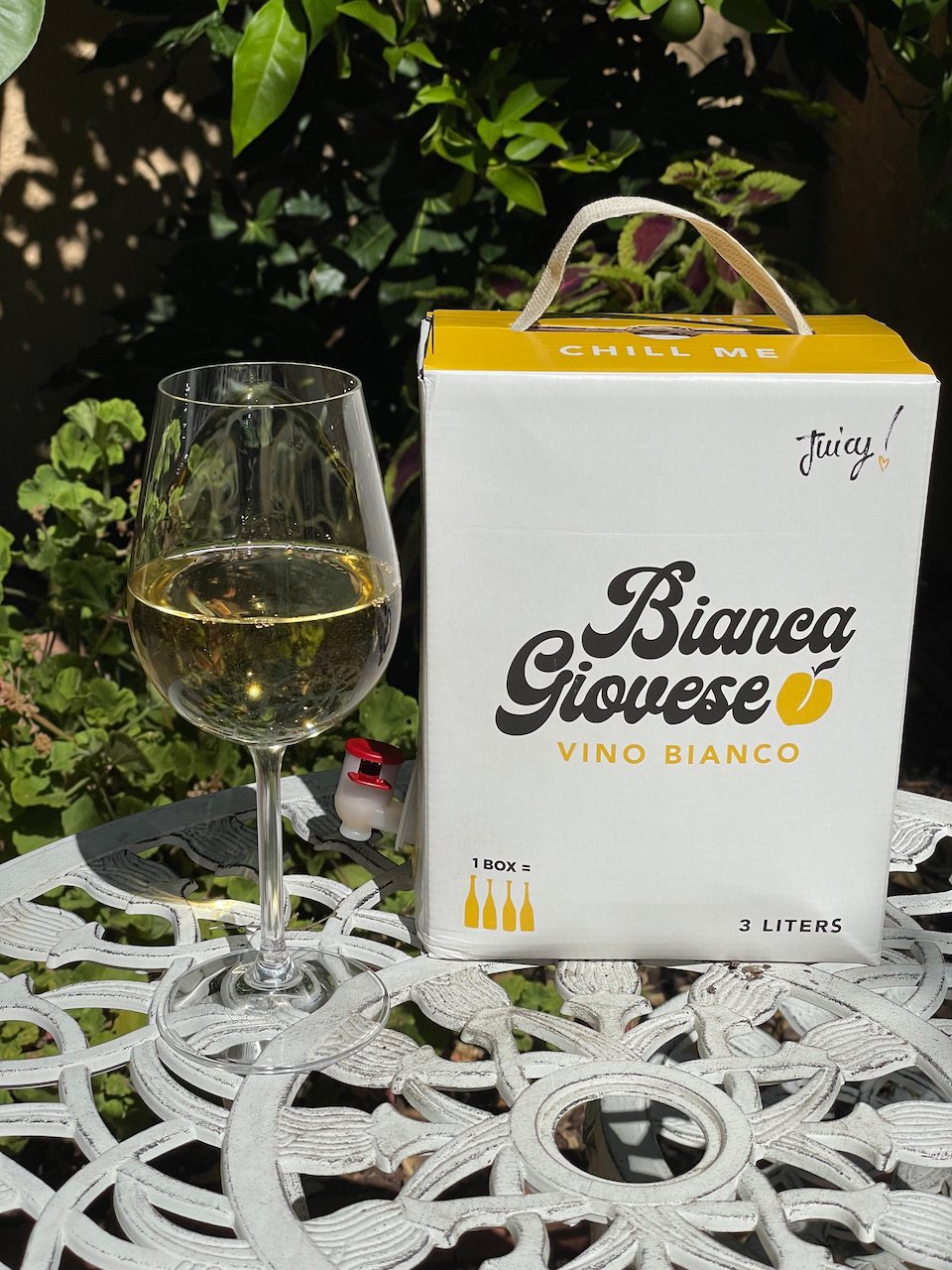August 18th is International Pinot Noir Day, so let’s take a quick look at some interesting facts about this wonderful grape.
In previous blogs we got an overview of the Pinot grape and the tremendous number of Pinot synonyms (258!) and looked at the lesser known of the Pinots, Pinot Meunier and Pinot Gris. But, Pinot Noir is the star of the Pinot grapes.
Pinot Noir’s name is derived from the French words for pine and black. The word pine refers to the shape of the tightly clustered, pinecone–shaped bunches of fruit, while noir (black) comes from the dark colored grapes.
Pinot Noir is probably best known as the “red” wine in Burgundy and least known as one of the three primary varietals in the making of Champagne.
Pinot Noir is the world’s most popular light-bodied red wine that is low in tannin. It’s also a favorite for the production of rosé wines and can also be found as a white wine!
The most common flavors of wines made from Pinot Noir include cherry, cranberry and raspberry. But, its flavors tend to be highly dependent on terroir (i.e., where it is grown). Pinot is grown around the world and most notably in France, USA (California and Oregon), Australia, New Zealand and Chile.
Because Pinot Noir has such delicate aromas, it is generally recommended that it be served in a large round bell-shaped glass.
So grab a glass of Pinot Noir on Sunday August 18th and raise a toast to International Pinot Noir Day!
Cheers!







